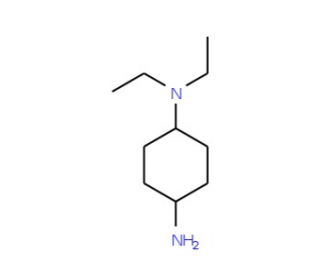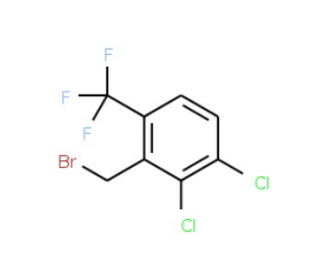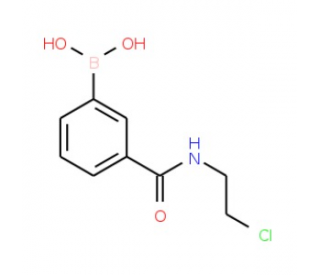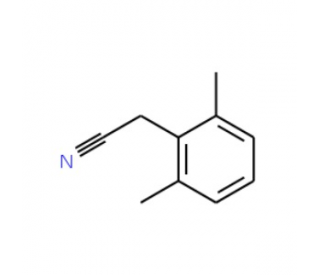详细说明
Purity
>95%, by SDS-PAGE under reducing conditions and visualized by silver stain
Endotoxin Level
<0.10 EU per 1 μg of the protein by the LAL method.
Activity
Measured in a cell proliferation assay using CTLL‑2 mouse cytotoxic T cells. Gearing, A.J.H. and C.B. Bird (1987) in Lymphokines and Interferons, A Practical Approach. Clemens, M.J. et al. (eds): IRL Press. 295. The ED 50 for this effect is 0.2-0.6 ng/mL.
Source
E. coli-derived Ala21-Thr154, with an N-terminal Met
Accession #
N-terminal Sequence
AnalysisMet
Predicted Molecular Mass
15.3 kDa
Carrier Free
What does CF mean?
CF stands for Carrier Free (CF). We typically add Bovine Serum Albumin (BSA) as a carrier protein to our recombinant proteins. Adding a carrier protein enhances protein stability, increases shelf-life, and allows the recombinant protein to be stored at a more dilute concentration. The carrier free version does not contain BSA.
What formulation is right for me?
In general, we advise purchasing the recombinant protein with BSA for use in cell or tissue culture, or as an ELISA standard. In contrast, the carrier free protein is recommended for applications, in which the presence of BSA could interfere.
652-P2/CF |
| 652-P2 |
Formulation Lyophilized from a 0.2 μm filtered solution in Acetonitrile and TFA. | Formulation Lyophilized from a 0.2 μm filtered solution in Acetonitrile and TFA with BSA as a carrier protein. | |
Reconstitution Reconstitute at 50 μg/mL in sterile PBS. | Reconstitution Reconstitute at 50 μg/mL in sterile PBS containing at least 0.1% human or bovine serum albumin. | |
Shipping The product is shipped at ambient temperature. Upon receipt, store it immediately at the temperature recommended below. | Shipping The product is shipped at ambient temperature. Upon receipt, store it immediately at the temperature recommended below. | |
Stability & Storage: Use a manual defrost freezer and avoid repeated freeze-thaw cycles.
| Stability & Storage: Use a manual defrost freezer and avoid repeated freeze-thaw cycles.
|
Background: IL-2
Interleukin 2 was initially identified as a T cell growth factor that is produced by T cells following activation by mitogens or antigens. Since then, it has been shown that in addition to its T cell growth factor activity, IL-2 can also stimulate the growth and differentiation of B cells, natural killer (NK) cells, lymphocyte activated killer (LAK) cells, monocytes/macrophages and oligodendrocytes. At the amino acid sequence level, there is approximately 72% similarity between mature porcine and human IL-2.
The biological activity of IL-2 is mediated by the binding of IL-2 to cell surface receptor complexes. The functional high-affinity receptor of IL-2 is composed of three distinct polypeptide chains, the IL-2 receptor alpha, beta and gamma subunits. The intermediate-affinity IL-2 receptor complex, which lacks the alpha subunit, but contains both the beta and gamma subunits, is also capable of transducing the IL-2 signal. In T cells, the beta and gamma subunits are shared with the IL-15 receptor complex. The gamma chain of the IL-2 receptor complex has also been shown to be a subunit of the receptor complexes of IL-4, IL-7, and IL-9.
References:
Taniguchi, T. and Y. Minami (1993) Cell 73:5.
Waldmann, T. et al. (1998) Int. Rev. Immunol. 16:205.
Nelson, B.H. and D.M. Willeford (1998) Adv. Immunol. 70:1.
Long Name:
Interleukin 2
Entrez Gene IDs:
3558 (Human); 16183 (Mouse); 116562 (Rat); 396868 (Porcine); 280822 (Bovine); 403989 (Canine); 100034204 (Equine); 751114 (Feline); 100302458 (Rabbit)
Alternate Names:
aldesleukin; IL2; IL-2; IL-2lymphokine; interleukin 2; interleukin-2; involved in regulation of T-cell clonal expansion; T cell growth factor; T-cell growth factor; TCGF











 粤公网安备44196802000105号
粤公网安备44196802000105号